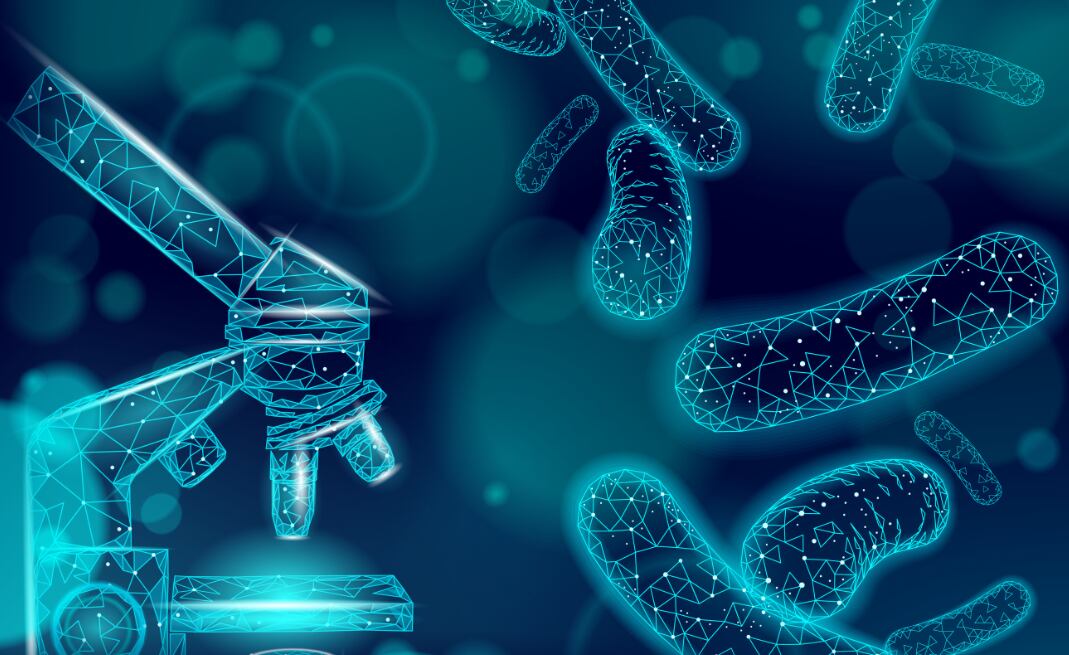Published in the European Journal of Nutrition, the study reported that SlimBiome may help to regulate appetite by delaying gastric emptying, improving insulin response and modulating the gut microbiome, as evaluated in a group of 16 normal-weight participants.
“Pharmaceuticals that mimic appetite-suppressing gut hormones are a major advance, but not everyone can tolerate them,” researcher Dr. Michael Patterson of the University of Roehampton said in a press release. “Prebiotics, such as SlimBiome, may stimulate the body’s natural gut hormones, providing a gentler yet effective approach to appetite regulation.”
The development and functionality of SlimBiome
Adele Costabile of the University of Roehampton and corresponding author for the new paper told Nutraingredients the study presents the latest outcomes of a multi-year project on the development and functionality of SlimBiome.
Previous research has evaluated the product using overweight and obese subjects, suggesting that it reduces body weight, fat mass, body fat percentage, and other anthropometric measurements.
SlimBiome has been formulated in products worldwide.
“Predominantly, it is used by overweight individuals looking to support their weight management journey by controlling hunger and cravings and supporting long term microbiome diversity,” Costabile said.
“Part of our goals is to create a solution that is not only scientifically sound but also provides support for claims applicable in multiple markets that are easily understood by consumers.”
She explained that the current healthy weight participants were necessary for the structure and function substantiation of acute SlimBiome consumption with a “particular focus on the North American market.”
“Future research will focus on longer-term interventions in otherwise healthy overweight adults, evaluating its impact on metabolic markers, appetite regulation, microbiome changes and its effects on GLP-1 pathways,” she added.
Mechanism(s) of action
The ingredients in Slimbiome may reduce postprandial insulin levels by several mechanisms.
The fiber in FOS and glucomannan can delay gastric emptying. Glucomannan forms a viscous gel when it is exposed to liquids, absorbing up to 50 times its weight in water, “delaying gastric emptying, slowing bowel transit time and blunting post-prandial surges in insulin and glucose,” the researchers reported.
Chromium is a mineral that has been studied for its positive effects on insulin response. The current study notes that the chromium dose in SlimBiome is “markedly lower to that used in previous published work,” implying that the positive effects on insulin are due to the combined effect of all three ingredients rather than chromium alone.
The researchers noted that SlimBiome may support satiety and curb hunger, leading to reduced snacking and food intake.
“By promoting feelings of satiety and reducing hunger, SB [SlimBiome] may help mitigate excessive calorie intake and improve overall glycemic control, potentially leading to favorable effects on metabolic conditions,” they wrote.
Additionally, they reported that previous studies on the longer-term intake of the supplement “significantly improved gut microbiome diversity and specifically the relative abundance of Bifidobacterium spp., Christensenella and Bacteroidetes,” noting that this may have positive effects on gut peptides associated with satiety.
Study details
The study was a double-blinded, placebo-controlled crossover intervention trial conducted at the University of Roehampton.
Sixteen males and females in their twenties with a normal body mass index (BMI) of 18.5–24.9 kg/m² participated in a modified oral glucose tolerance test. They consumed a drink containing 50 g dextrose or 50 g dextrose with 3 g of SlimBiome on separate days, separated by a washout period of at least two days.
OptiBiotix Health manufactures the SlimBiome drink, which contains glucomannan, fructooligosaccharides (FOS) and chromium.
Researchers analyzed blood glucose and insulin over a two-and-a-half-hour period, and participants rated their hunger, fullness and desire to eat via visual analogue scales. The viscosity of the interventions was assessed using a gastric laboratory model.
Findings showed that the SlimBiome drink significantly reduced insulin concentration at 45, 75, and 90 minutes post-intake compared to the dextrose-only drink. Blood glucose concentrations did not differ between the two interventions at any time point throughout the test.
“Since these were healthy individuals, we did not expect to see significant changes,” Costabile said, noting that “while the area under the curve (AUC) for blood glucose did not show a significant difference between interventions, we did observe a trend in blood glucose levels.”
The SlimBiome drink “resulted in significantly greater fullness and a lower desire to eat at 75 min when compared to dextrose,” the researchers reported.
“Although hunger increased over time for both interventions, SBD [SlimBiome drink] led to lower hunger, desire to eat, and food desire scores compared to dextrose at 150 min,” they added, adding that the viscosity of the combination drink was higher than dextrose alone.
Source: European Journal of Nutrition, 2025, 64, 216. doi: 10.1007/s00394-025-03732-8. “Impact of a mineral enriched, fiber complex on glycaemic response and satiation in healthy adults: a double-blind, crossover intervention study”. Authors: O. Ancu et al.



